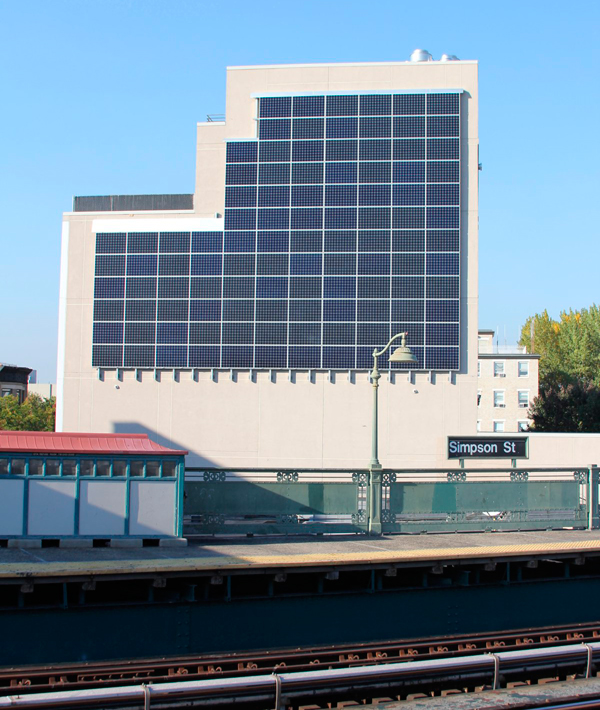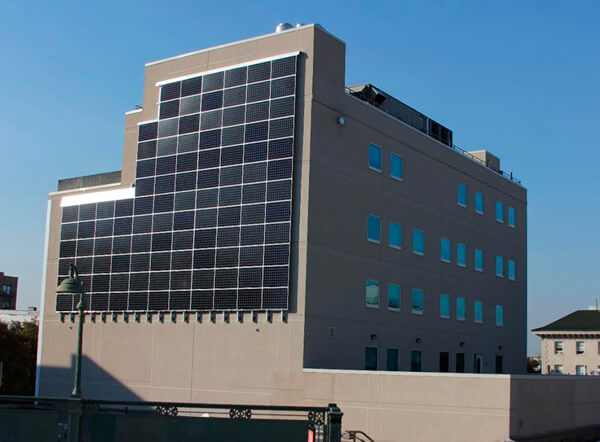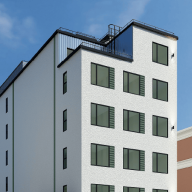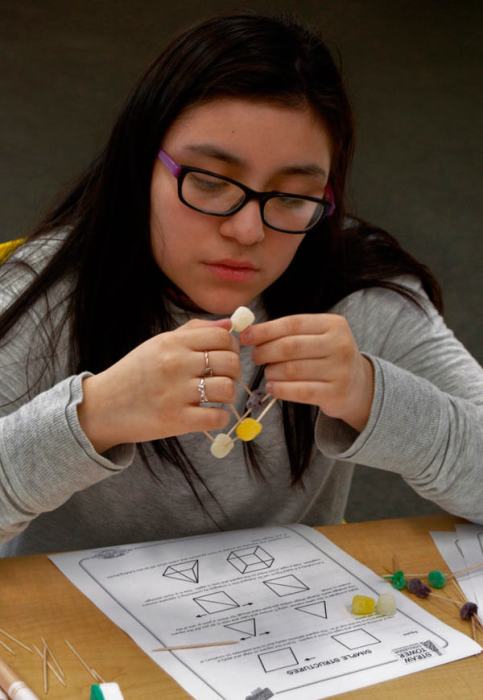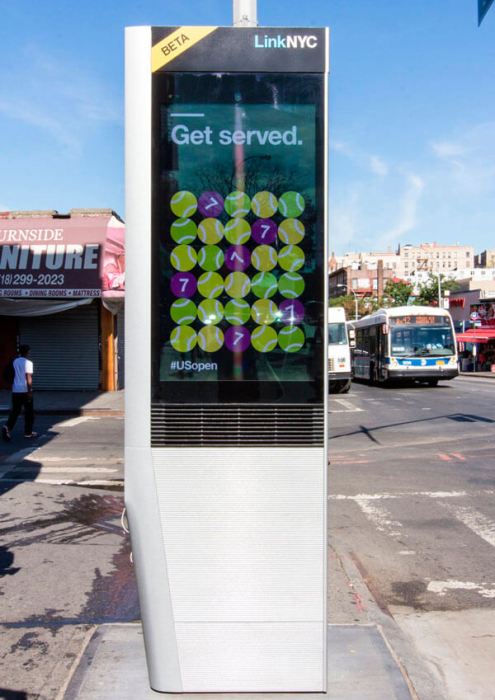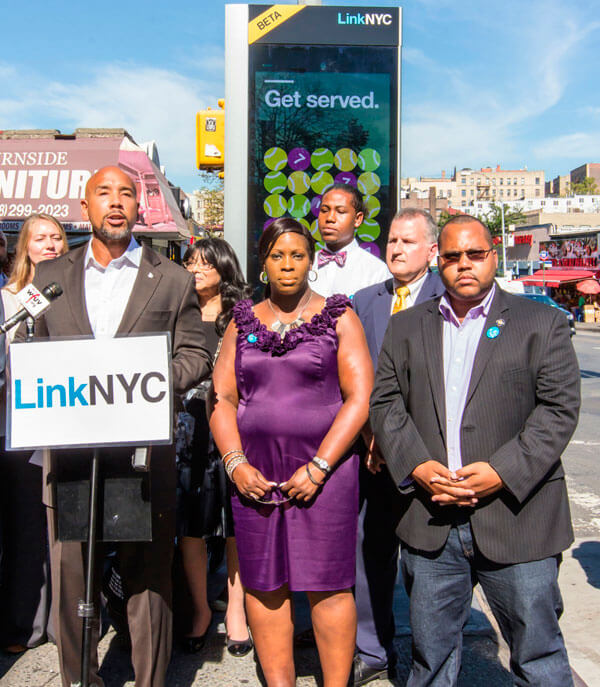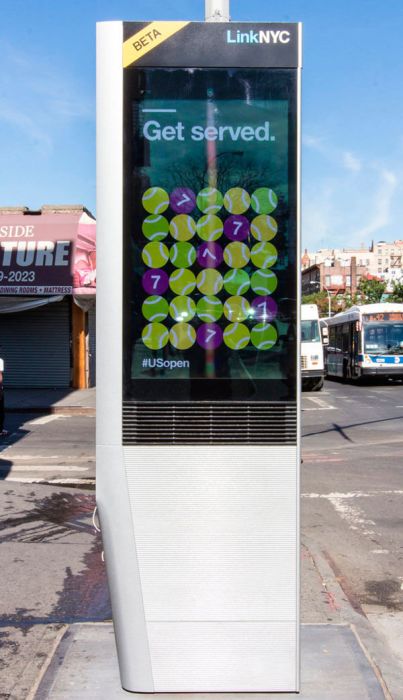The future is looking bright for an eco-friendly community clinic.
NYC solar installation pioneer Quixotic Systems has designed an innovative solar system at the Longwood-based Urban Health Plan’s Simpson Pavilion destined to optimize the facility’s clean energy production and save money for crucial community healthcare services.
Constructed in 2014, the 54,000 square foot state-of-the-art LEED-certified Gold addition houses adult medicine, walk-in, pediatrics, behavioral health and OB/GYN departments; a gym for patients and a teaching kitchen for nutrition education.
The Quixotic team designed and installed a four-story photovoltaic system façade on the 1054 Simpson Street building’s southside.
Gerry Heimbuch, Quixotic Systems Inc. vice president, said it took three months to install the solar wall.
The high efficiency array features 104 SunPower 327 panels mounted on a custom vertical rack.
What makes this system unique is that it performs best in the winter unlike most PV installations which typically generate more power during the summer.
Compared to conventional panels, SunPower solar panels are more effective in low-light conditions and utilize high-quality anti-reflective glass which traps light from all angles.
“Adding this distinctive solar system not only helps our environment, it saves money that we can put back into services for our community,” said Paloma Izquierdo-Hernandez, UHP president.
“The UHP installation represents the kind of creative solar solutions that can be designed for even the most urban environments,” expressed Heimbuch.
UHP’s company-wide goal is to reduce its fossil fuel reliance while continuing its mission to improve communities’ health and people’s quality of life.
The solar installation will offset the center’s energy use by 10%, saving an estimated $230,000 over the next 25 years.
The system is expected to generate 31,986 kilowatt-hours of clean energy in its first year of operation.
It will avoid producing 24.8 tons of carbon dioxide emissions annually, the equivalent to 54,000 miles driven in an average passenger car.
According to Solar Energy Industries Association, last year the number of residential solar installations in the five boroughs surged to nearly 6,000 from less than 200 five years ago.
The solar industry has grown in NYC due to rising electricity prices, state and federal tax incentives and declining solar installation costs.
The Simpson Pavilion’s solar wall is only one of its many green building features which include sustainably sourced and recycled building materials; efficient heating, cooling and lighting systems to reduce use of natural resources and reduce greenhouse gas emissions and a ‘green roof’ containing 2,000 square feet of plants to migrate heat and reduce storm water runoff.
Robin West, UHP director of communications, noted the Bronx has some of the nation’s highest asthma rates.
“Having such a building designed with the environment in mind makes sure that we not only provide for our residents’ health, but protect it, too,” she said.
“We’re always supportive of any initiative such as UHP’s solar wall which shines new light on how to improve our community’s health and quality of life,” said Dr. Ian Amritt, Community Board 2 chairman.
